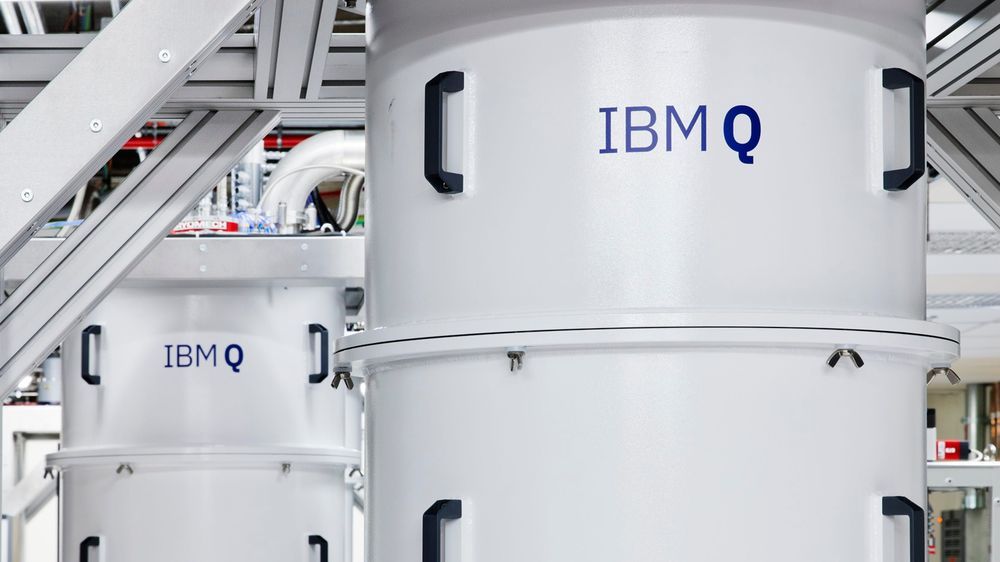If you are a lover of all things auto, you should celebrate Tesla’s leadership on the Nürburgring track, and I am going to explain why I think this to be so.
Image courtesy Tesla
September 16th, Tesla Plaid Model S finished the Nürburgring in a hand stopped 7:23 minutes.
Which is 20 sec faster than Porsche Taycan.
Congrats @elonmusk & @Tesla team! $TSLA #Tesla #ModelS #Plaid https://t.co/8saITAPGIL
— vincent (@vincent13031925) September 17, 2019
As soon as the Porsche Taycan launched, many Tesla critics hailed it as the ultimate Tesla killer and started praising Porsche for finally.






